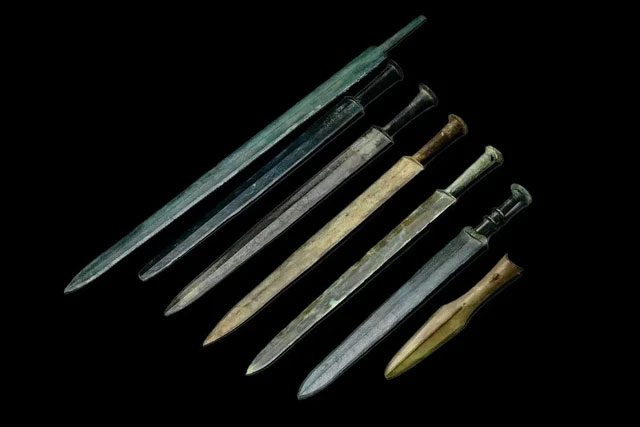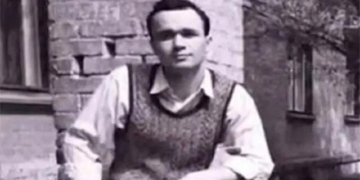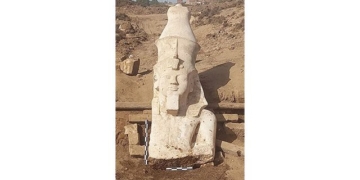Over 500 artifacts have been unearthed from ancient graves in a cemetery over 2,200 years old located on the outskirts of Xiangyang, Hubei Province – China.
Researchers from the Hubei Provincial Institute of Cultural Relics and Archaeology and the Xiangyang Institute of Cultural Relics and Archaeology have discovered a large cemetery with graves from various historical periods.

Ancient swords from the Warring States Period are among the notable artifacts unearthed from the ancient graves – (Photo: CHINESE ACADEMY OF SCIENCES).
The excavation at the ancient cemetery, known as Baizhuang, in Xiangyang has revealed a significant number of earthen graves and other cultural relics.
So far, archaeologists have discovered 176 graves, of which 174 date back to the Warring States Period (475 to 221 BC).
The remaining two graves belong to the Han Dynasty (202 BC to AD 9 and AD 25-220).
In an interview with Heritage Daily, a member of the research team stated that most of the graves are typical ancient graves with modest sizes, but there are 9 medium-sized graves, which are small tombs with sloping walkways, labeled from M1 to M9.
In graves M3 and M4, archaeologists found the grayish remains of coffins as well as several grave goods: a bronze tripod, swords, bronze basins, a spoon, horse bones, and more.
In total, about 500 different artifacts, many of which hold significant cultural value, have been collected from the 174 Warring States graves: pottery, bronze ritual objects, combs, jade rings, and more.
Dating back at least over 2,200 years, these artifacts are invaluable treasures both economically and scientifically.
These discoveries provide a new and valuable source of information for researching burial customs and many other aspects of life in the Xiangyang region, which has a rich history. Excavations are still ongoing.




















































